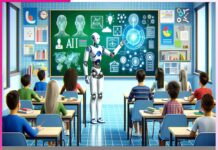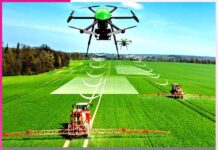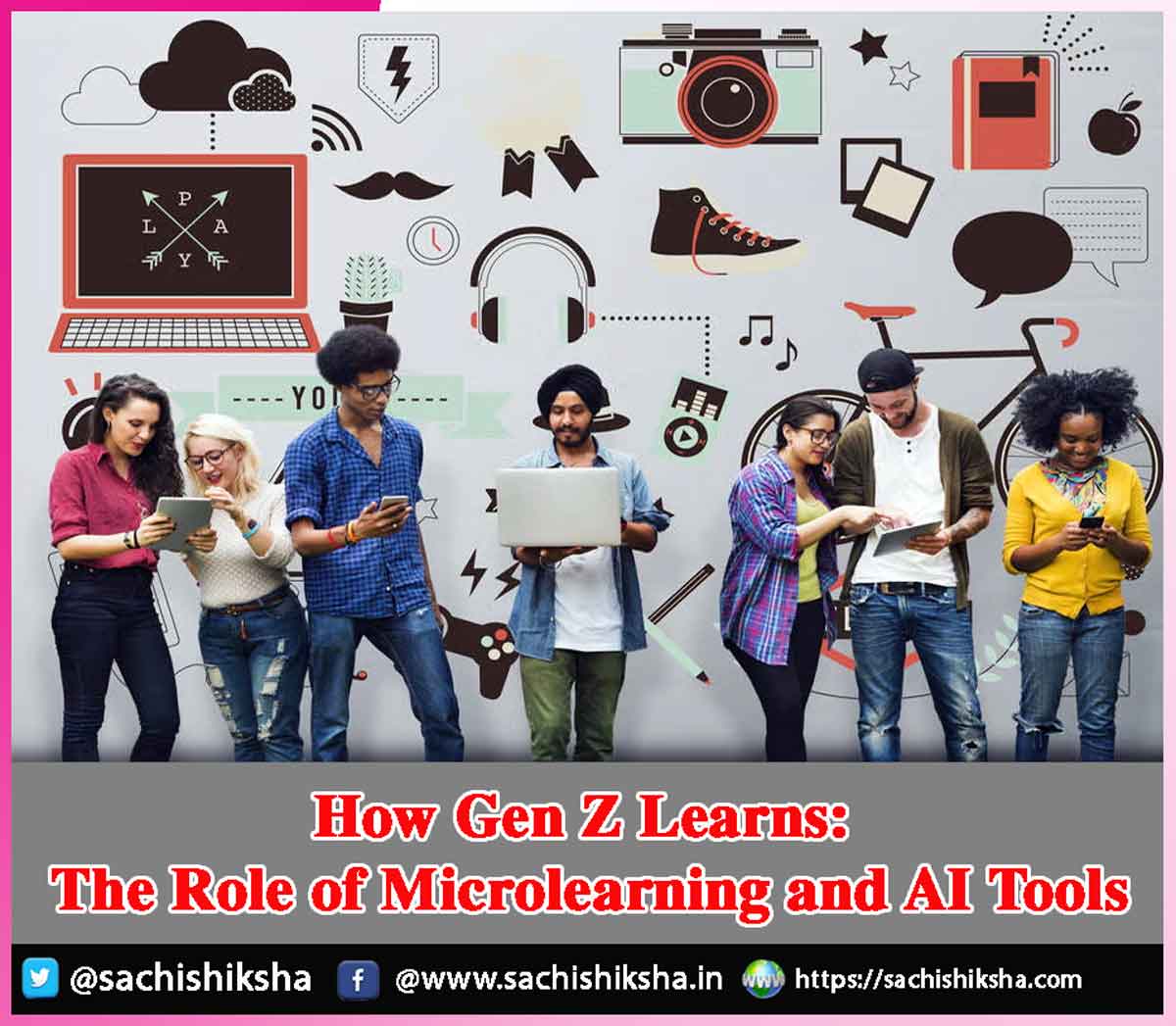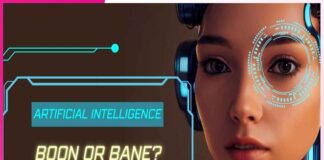How Gen Z Learns: The Role of Microlearning and AI Tools
Introduction: Generation Z, broadly defined as individuals born between 1997 and 2012, represents the first generation of true digital natives. Unlike previous generations, they have grown up with instant access to technology, high-speed internet, smartphones, and a wealth of online information. Consequently, their learning preferences, behaviors, and expectations are significantly different from those of Millennials or Baby Boomers.
At the heart of Gen Z’s learning style is a demand for immediacy, personalization, interactivity, and accessibility—qualities that microlearning and artificial intelligence (AI) tools uniquely offer. This essay explores how Gen Z learns, the rising relevance of microlearning, and the transformative impact of AI-powered educational tools on their learning journey.
Table of Contents
Understanding Gen Z’s Learning Preferences

Key Characteristics of Gen Z Learners
Key characteristics of Gen Z learners include:
- Short Attention Spans: A Microsoft study suggests the average attention span of Gen Z is around 8 seconds. They prefer content that gets to the point quickly.
- Visual Learners: Platforms like Instagram, Snapchat, and TikTok have reinforced visual learning as a dominant mode.
- Self-directed Learning: Gen Z values autonomy. They are inclined to seek answers independently through YouTube tutorials, online courses, or Reddit forums.
- Mobile-first Mentality: Smartphones are their primary device for accessing information.
- Personalization: Gen Z learners want customized content that caters to their learning speed, style, and goals.
The Rise of Microlearning
Microlearning refers to an educational approach that delivers content in small, easily digestible chunks, typically lasting between 2 to 10 minutes. It is designed to meet learners in their moment of need, enabling them to absorb and apply information quickly.
Why Microlearning Appeals to Gen Z
- Bite-sized Content Matches Short Attention Spans: Instead of hour-long lectures or dense textbook readings, microlearning modules focus on a single learning objective, which aligns well with how Gen Z consumes content online.
- Flexibility and On-demand Access: Gen Z learners prefer studying on their own time. Microlearning offers quick lessons that can be accessed anytime, anywhere—perfect for mobile and multitasking learners.
- Multimedia-rich Formats: Microlearning often includes videos, quizzes, infographics, or interactive elements that appeal to Gen Z’s preference for visual and engaging content.
- Gamification Elements: Badges, leaderboards, and rewards make learning fun and competitive, increasing engagement.
- Continuous and Just-in-time Learning: Microlearning supports a culture of lifelong learning and provides just-in-time knowledge, which is ideal in both academic and professional contexts.
Use Cases of Microlearning
- Language Learning Apps: Duolingo uses microlearning by delivering 5-minute daily lessons.
- Corporate Training: Companies use platforms like Axonify to train employees with short, daily learning modules.
- YouTube and TikTok Tutorials: Students use these platforms to watch quick “how-to” videos on topics ranging from calculus to coding.
AI Tools Reshaping Gen Z Learning
Artificial Intelligence is revolutionizing education by making it more adaptive, personalized, and accessible. AI tools, including chatbots, recommendation systems, adaptive learning platforms, and content generators, are central to how Gen Z learns today.
Key AI-driven Learning Tools and Features
- Personalized Learning Paths
- AI platforms like Khan Academy’s Khanmigo or Coursera analyze student performance and preferences to recommend tailored learning paths.
- These systems adapt in real-time, adjusting the difficulty level or offering supplemental resources based on user interaction.
- Chatbots and Virtual Tutors
- AI chatbots like ChatGPT serve as 24/7 homework assistants, capable of explaining complex topics, solving equations, or summarizing lengthy texts.
- They provide instant support, which is critical for learners who may need help outside of class hours.
- Automated Feedback and Assessment
- Tools like Gradescope use AI to evaluate assignments quickly and consistently.
- This allows students to receive immediate feedback and iterate on their work faster.
- Smart Content Curation
- Platforms like Quizlet and Socratic by Google use AI to curate learning resources tailored to the student’s curriculum or interest.
- AI summarizes key concepts, generates flashcards, and identifies areas needing improvement.
- Immersive Learning Through AI and AR/VR
- AI integrated with Augmented and Virtual Reality is creating interactive simulations in science, medicine, and history education.
- Tools like Labster offer virtual labs that let students perform experiments safely and affordably.
How Microlearning and AI Work Together
The synergy between microlearning and AI is a powerful force in shaping Gen Z’s educational experience.
- AI Enhances Microlearning by personalizing it. For example, an AI tutor can assess a student’s understanding of algebra and deliver short, targeted video lessons or exercises focused on specific weak points.
- Microlearning Provides Ideal Formats for AI to deliver. Chatbots or virtual tutors can offer quick, contextual tips or mini-lessons in response to student questions—essentially functioning as microlearning engines.
- Gamification Powered by AI enables real-time leaderboards, adaptive difficulty levels, and behavioral insights that encourage learners to stay engaged.
Together, they form a feedback loop that is efficient, data-driven, and learner-centric.
Benefits of This Learning Model
- Increased Engagement: Short, interactive lessons keep learners motivated and prevent burnout.
- Improved Retention: Spaced repetition and bite-sized information enhance memory retention.
- Greater Accessibility: AI tools democratize access to quality education, regardless of location or socioeconomic status.
- Faster Skill Acquisition: Learners can quickly upskill in specific areas, useful for both academic and career development.
- Encourages Lifelong Learning: These tools support continuous self-improvement, which is crucial in a rapidly changing job market.
Challenges and Considerations
Despite its advantages, there are challenges to relying solely on microlearning and AI.
- Superficial Learning: Microlearning may promote shallow understanding if not integrated into a broader curriculum.
- Data Privacy: AI tools collect user data to personalize learning, raising concerns about privacy and ethical use.
- Digital Divide: Not all students have equal access to high-speed internet or smart devices.
- Over-reliance on Automation: Teachers still play a critical role in guiding critical thinking and holistic development—something AI cannot yet fully replicate.
The Future of Gen Z Learning
As AI becomes more sophisticated and microlearning more refined, the education sector is moving towards hyper-personalized, learner-centric models. Schools, universities, and corporations are increasingly blending traditional methods with these tools to meet Gen Z’s evolving needs.
Future trends may include:
- AI-generated curricula tailored to student aspirations and learning styles.
- Voice assistants and wearable learning tech enabling hands-free, contextual learning.
- Collaborative AI tutors that foster peer-to-peer learning.
- AI ethics education to equip Gen Z with the awareness to navigate digital learning responsibly.
Conclusion
Gen Z is redefining what it means to learn in the digital age. Their preference for fast, flexible, and personalized education has propelled the rise of microlearning and AI-powered tools. These innovations offer a dynamic and inclusive learning environment that meets learners where they are—both literally and cognitively. While challenges remain, the integration of AI and microlearning is unlocking new possibilities for education, making learning more relevant, engaging, and empowering for the digital-native generation. Educators, technologists, and policymakers must work together to ensure that these tools are used thoughtfully, inclusively, and ethically to shape a smarter future for Gen Z and beyond.















































